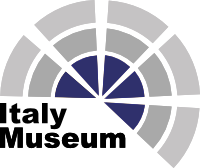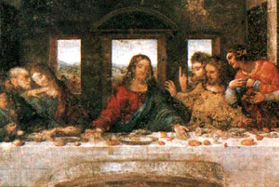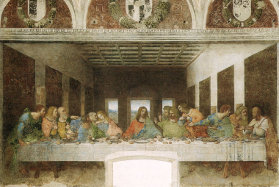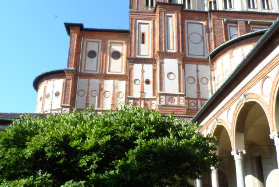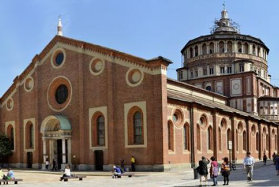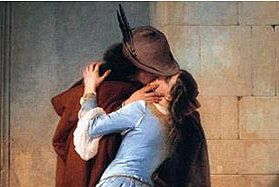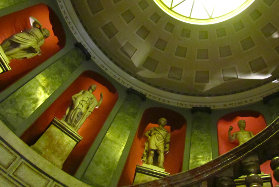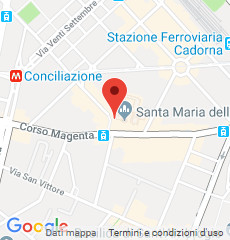Leonardo's Last Supper
A bit of history about the Leonardo's Last Supper
The Last Supper of Leonardo da Vinci (Cenacolo Vinciano) is one of the most famous paintings in the world. This artwork was painted between 1494 and 1498 under the government of Ludovico il Moro and represents the last "dinner" between Jesus and his disciples.
In order to create this unique work, Leonardo carried out an exhaustive research creating an infinity of preparatory sketches. Leonardo abandons the traditional method of fresco painting, painting the scene "dry" on the wall of the refectory. Traces of gold and silver foils have been found which testify to the artist's willingness to make the figures in a much more realistic manner, including precious details. After completion, his technique and environmental factor had contributed to the eventual deterioration of the fresco, which had undergone numerous restorations.
The most recent restoration was completed in 1999 where several scientific methods were used to restore the original colors as close as possible, and to eliminate traces of paint applied in previous attempts to restore the fresco.
What is the Leonardo's Last Supper nowadays?
Leonardo’s Last Supper is located in its original place, on the wall of the dining room of the former Dominican convent of Santa Maria delle Grazie, exactly in the refectory of the convent and is one of the most celebrated and well known artworks in the world.
Leonardo Da Vinci's "Last Supper", a huge painting of 4.60 meters high and 8.80 meters wide was made with tempera and oil on a gypsum preparation instead of the technique commonly used in the fresco period.
Several measures have now been implemented to protect the paint from deterioration. To ensure that the fresco is maintained at room temperature, since the last restoration, visitor's' entry has been restricted to a group of 25 people every 15 minutes.
Curiosities about the Leonardo's Last Supper
Did you know that the great fame of this masterpiece has awaken the interest of many historians, researchers and novelists who seek to solve the supposed mysteries and enigmas that surround this painting. For example, in the books "The Templar Revelation" by Clive Prince and Lynn Picknett and in the novel Dan Brown's Da Vinci Code, it is affirmed that the figure to the right of Jesus is not the apostle John, but a female figure. The truth is that these mysteries and curiosities have not yet been solved.
Did you know that during the French Revolutionary War Napoleon's troops used the wall of the refectory to make target practice and during the Second World War in 1943 the bombings managed to tear off the roof of the old Dominican dining room leaving the paint in the open for several years.
Why visit the Leonardo's Last Supper?
The Last Supper of Leonardo da Vinci is undoubtedly one of the most important works of art of all times, both for its innovative approach and for the impact it has had on artists of all ages. This magnificent work of art has been seeing by Leonardo's contemporary artists as the "painting that speaks," something that had never happened before.
How to visit the Last Supper of Leonardo da Vinci?
The Last Supper of Leonardo da Vinci is undoubtedly one of the most interesting attractions in the city of Milan. The availability of tickets is very limited, so the advance reservation is considered "mandatory". Tickets to see this masterpiece can be booked online but must be sold as part of a package, so it is recommended to combine them with a Milan Audioguide, or with entries for the Brera Gallery or for the Pinacoteca Ambrosiana.
Naturally, it is also possible to book a guided tour that may also include visiting other churches or attractions located in the center of Milan.
It is also possible to request a visit with a private guide that includes, in addition to the entrance to the Last Supper, a visit to the adjacent Church of Santa Maria delle Grazie.
Other attractions in the area
Milan is a big city full of surprises. On a short distance from Leonardo da Vinci's Last Supper is the Duomo Square in the historic center of the city. In this square is located the famous gothic Cathedral of Milan and the statue of Victor Emanuel II erected in 1896 in honor to the king of Italy. Here you will also find the wonderful Vittorio Emanuele II Gallery, a shopping center full of cafes, restaurants and shops. After crossing this gallery you will arrive at the luxurious theater of the city of Milan, La Scala. A walk through a historic center simply unforgettable!
You may be interested in:
Colosseum (Rome), St Mark's Basilica (Venice) or Uffizi (Florence).
Book the entrance to the Last Supper with these combined tickets:
Useful Information
From Tuesday to Saturday from 9.00 am to 7.00 pm.
On Sunday from 9.00 am to 1.45 pm
Max. 18 admitted every 15 minutes.
Closed Monday, New Year’s Day, May 1st and Christmas Day.

+39 055713655
Reach the museums in total comfort with our transfer service!
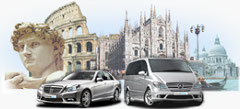
TRANSFER SERVICE
Book Now
